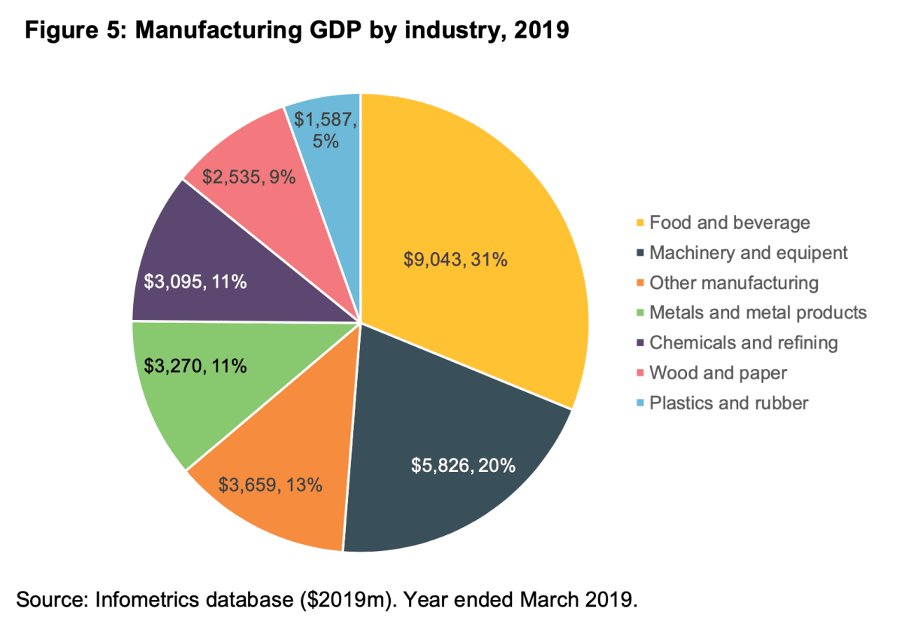There’s something about Winston Peters that I really like. There’re also bits I don’t. But it was interesting what Winston Peters said in Parliament this week. The NZ Herald reported it like this:
Essentially, Peters wants New Zealand to use import substitution where it can – that is to manufacture more here. NZ once had a strong manufacturing sector. But it was protected. In the 1980s economic revolution, competition from offshore was allowed. But now the NZ First leader and Deputy Prime Minister reckons if a job is here and can be done by a New Zealander then it should be.
But Peters joins fellow Cabinet Minister David Parker, in particular, in wanting to see more New Zealand control of the economy. Parker is studying the Australian move to temporarily tighten its rules on foreign takeovers on concerns that strategic assets could be sold off cheaply as a result of the coronavirus crisis.
Although Peters and Parker are unlikely to say so outright, there is concern that some NZ companies which are export facing could become vulnerable to Chinese buyers, in particular.
There is a common message ringing in many of our ears. Especially those of us of an age where we remember massive NZ manufacturing. Shamubeel Eaqub has stated that “just in time” manufacturing and “global supply chains” may have to be seen as only part of manufacturing cycle. I agree with him. I now focus on whether something has been made in New Zealand when purchasing something. We have become financially comatosed by cheap goods on the market. Goods which too often move quickly from our shopping basket, to taking home and, all too often, chucking it quickly in the rubbish bin.
It is important to listen to Winston Peters, and to support local businesses. Provincial economic development will come to the fore if we spend our funds supporting it. The fundamental challenge is that we start thinking as an island, Te Wai Pounamu. How can we grow this island’s economy, whilst preserving our environment? How can we support local jobs?
Here’s our challenge. This was the manufacturing data for year ended March 2019. We must grow this pie chart by supporting local jobs.

Leave a Reply